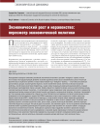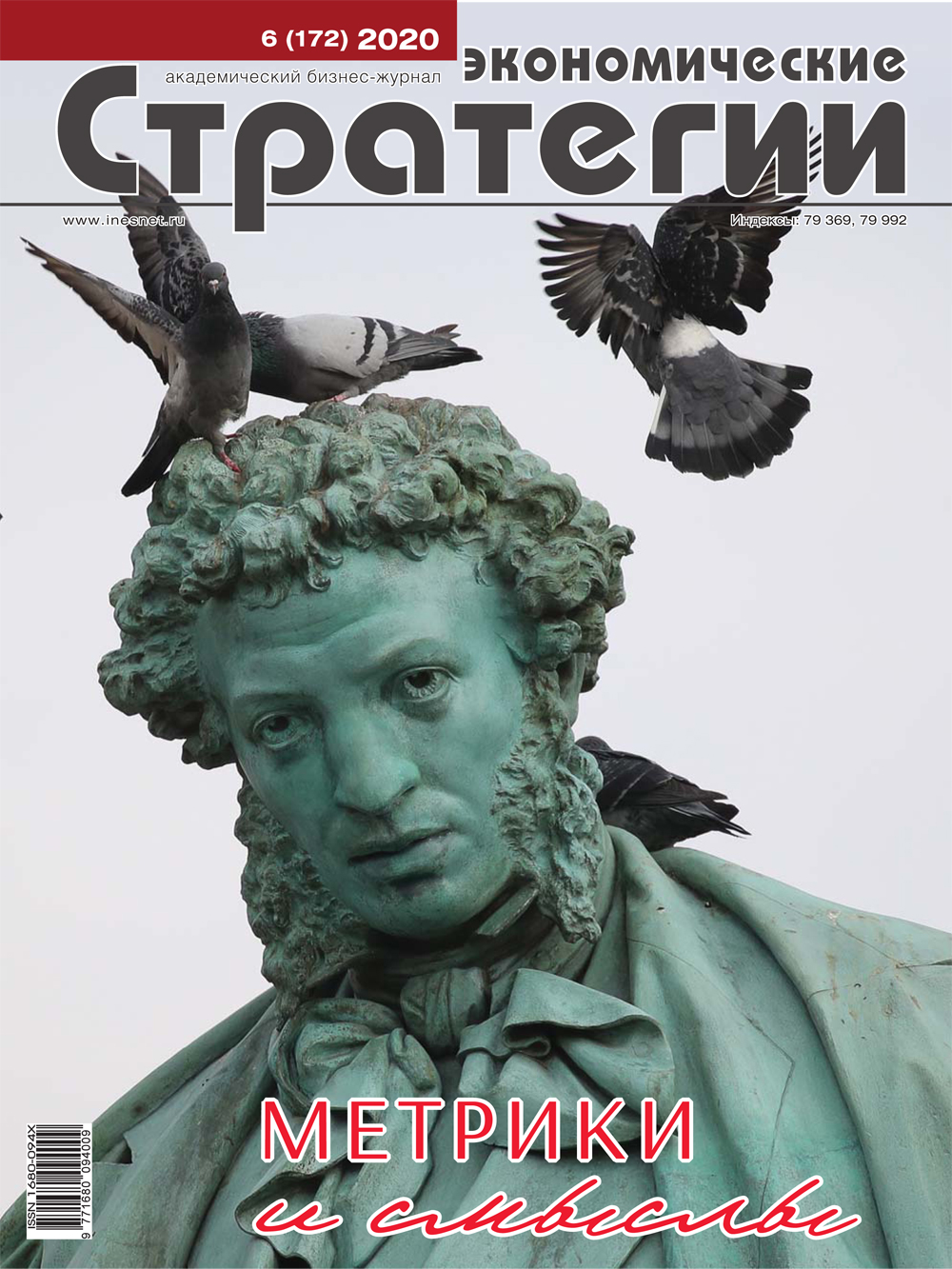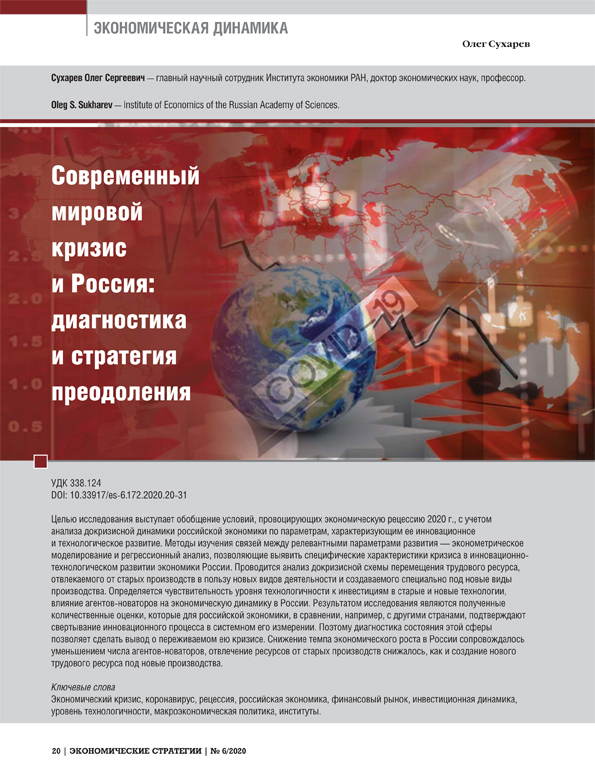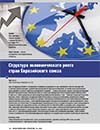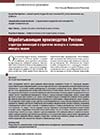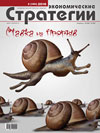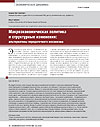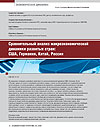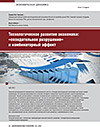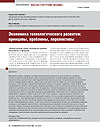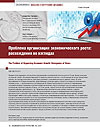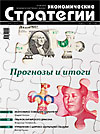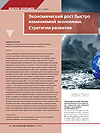Economic Growth and Inequality: Revision of the Economic Policy
DOI: https://doi.org/10.33917/es-2.176.2021.76-87
Alexander Nikolaevich Nesmeyanov, one of the most underestimated presidents of the Academy of Sciences, was a great originalminded scientist who opened up organoelement chemistry to the world as an independent science and later on — an artificial food, to which the world turns again after several decades. These milestones of his biography are well known to scientific community, as well as his leadership of Moscow State University during the new complex construction on the Lenin Hills, creation of INEOS and VINITI. 10-years period of his biography, when he was a President of the USSR Academy of Sciences, is much less known. It was in this position that he manifested enormous talent as an organizer of the country’s modern science management system, where the Academy of Sciences played an important role. Many thoughts and deeds of A.N. Nesmeyanov are especially relevant today.



